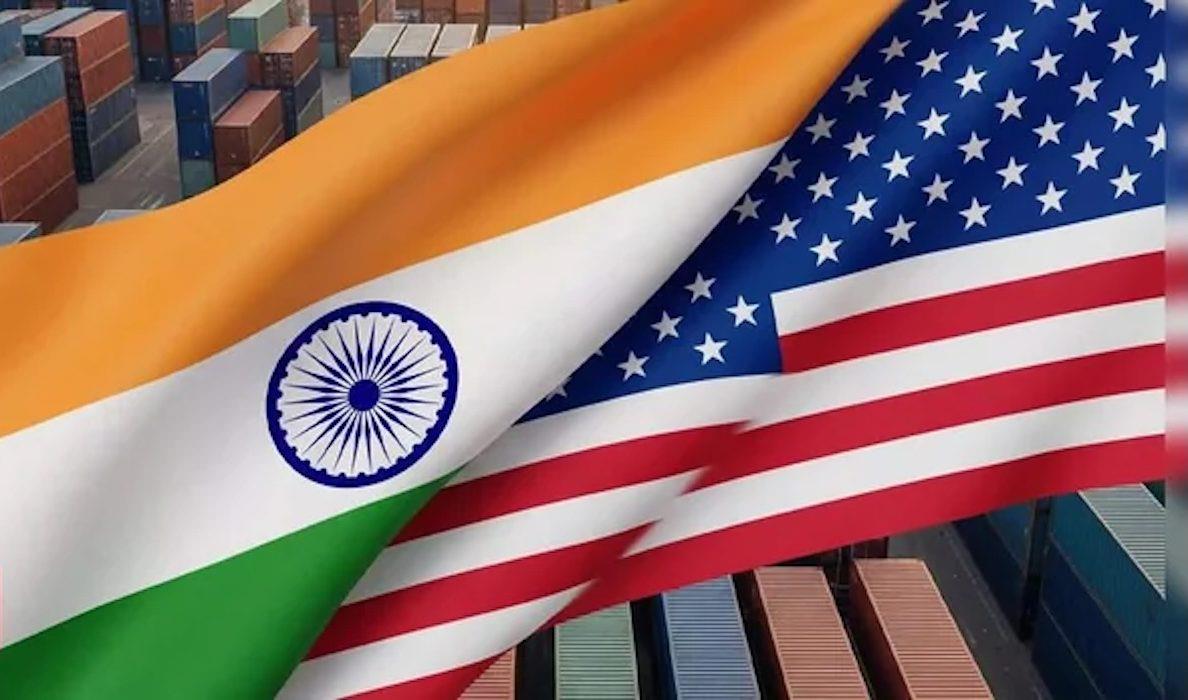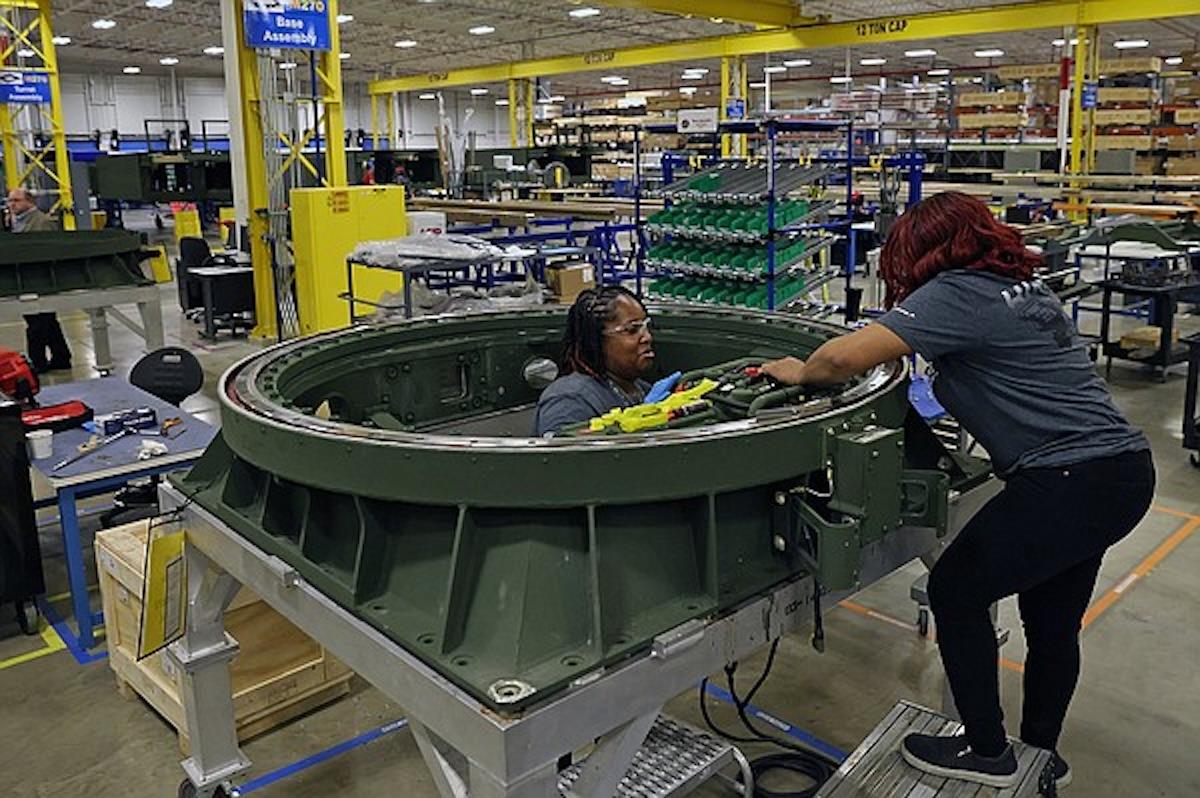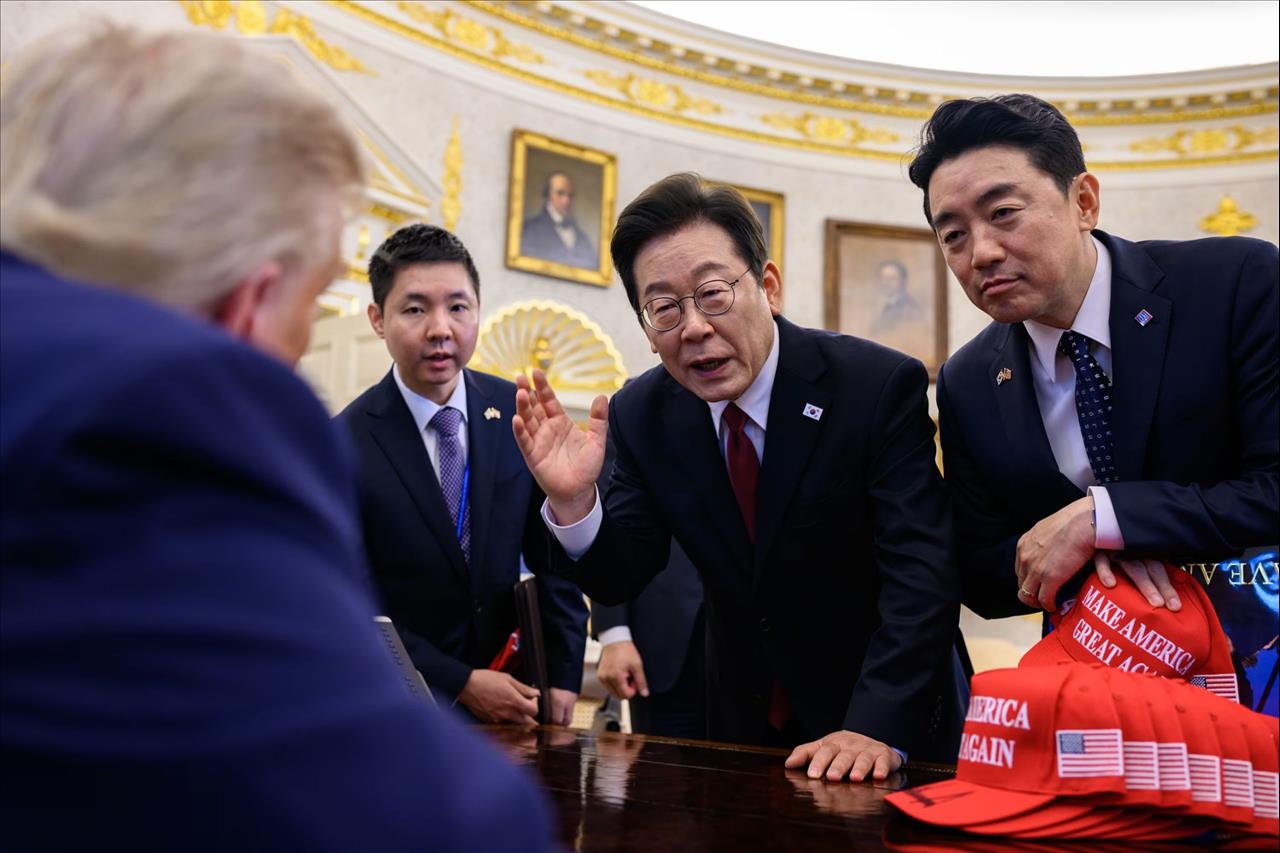South Korea's Strategic Crossroads
Complicating matters, President Lee Jae Myung's first US visit – intended to consolidate alliance assurances – was overshadowed by controversy. During his trip, US Immigration and Customs Enforcement raided a Hyundai-LG battery plant in Georgia, detaining more than 300 South Korean workers .
The incident was seen in Seoul as a breach of trust, with lawmakers and media questioning whether Washington values its partnership beyond the military dimension. Lee denounced the raid as“harsh” while noting Trump's later intervention to let the workers stay. The episode underscored the vulnerability of South Koreans abroad and the importance of safeguarding economic as well as security interests in alliance diplomacy.
Meanwhile, North Korea has accelerated its weapons programs , conducting a successful ground test of a solid-fuel engine for long-range missiles and declaring its intent to“simultaneously develop nuclear and conventional forces.” Pyongyang frames these moves as defensive against“nuclear war drills” by Washington and Seoul, but they amount to an unapologetic bid for permanent nuclear status. Public opinion in South Korea is tilting toward nuclearization in response.
Latest stories
How India can salvage its Trump trade deal

Startups can help restore the stagnant US defense industrial base

Is Netanyahu on a mission to realize a Greater Israel? Kim's overture, Lee's response
North Korean leader Kim Jong Un has unexpectedly expressed willingness to resume talks with US President Donald Trump, provided Washington abandons its demand for full denuclearization . He emphasizes he will never give up the North's arsenal.
Lee, by contrast, has outlined a pragmatic, stepwise roadmap: freeze, downscaling and eventual dismantlement. In remarks to the press, he signaled that even a verified production freeze would be useful in the medium term. His gestures – such as disassembling border loudspeakers – signal a careful balancing act: deterrence paired with engagement, public reassurance without escalation to a nuclear standoff.
Calibrated engagement, with guardrailsLee's three-step proposal is explicitly transactional.
A“freeze-for-freeze” arrangement – Pyongyang suspending certain nuclear or missile activities in return for reversible South Korean concessions like humanitarian aid or agricultural trade – could be the most modest, verifiable way to reduce tensions. But engagement without verification is empty; Seoul must insist on monitoring mechanisms, ideally with third-party or multilateral oversight.
Flexible deterrence without escalationEngagement alone cannot secure the peninsula. While Lee gestures toward reconciliation, his administration is also strengthening South Korea's conventional defense posture and tightening coordination with US forces.
A policy of“flexible deterrence” emphasizes precision strike, missile defense and resilient command systems while deepening interoperability with the US. This reassures the public without triggering a nuclear spiral. Seoul should also press Washington for tangible crisis consultation mechanisms that bolster extended deterrence credibility without resorting to dramatic nuclear threats.
Smart hedging, not crossing the linePolls show rising South Korean support for indigenous nuclear weapons. But while an arsenal might satisfy domestic opinion, the strategic costs would be crippling: loss of US guarantees, diplomatic isolation, sanctions and a cascading regional arms race.
A smarter hedge is threefold:
-
Invest in asymmetric non-nuclear deterrence (e.g., submarines, long-range strike).
Build quiet technical and legal capacity for contingencies.
Reaffirm publicly a non-nuclear stance to preserve alliance cohesion and global nonproliferation norms.
This keeps options open without inviting premature isolation.
Leveraging multilateral pressureSouth Korea cannot stabilize the peninsula alone. It must coordinate with allies to align sanctions and inducements, while pressing China and Russia – whose leverage through trade, energy, and political cover is indispensable – to enforce credible freezes. Cooperation will be uncomfortable but essential.
Perhaps the most difficult challenge lies at home. Lee must persuade South Koreans that restraint, backed by deterrence and diplomacy, is safer than a rush to nuclearization. Internationally, Seoul must reassure Washington and Tokyo that its goal remains stability and eventual denuclearization – not a new arms race in Northeast Asia.
In the coming months, expect Lee to:
-
Press for a Trump-Kim summit at one of the upcoming regional forums such as APEC .
Offer freeze-for-freeze talks tied to verifiable inspections.
Propose symbolic confidence-building measures, such as hotlines or family reunions.
Accelerate modernization of submarines, missile defenses, and survivable command systems.
Quietly expand hedging capacity while maintaining public non-nuclear commitments.

Sign up for one of our free newsletters
-
The Daily Report
Start your day right with Asia Times' top stories
AT Weekly Report
A weekly roundup of Asia Times' most-read stories
Escalation is not inevitable. But avoiding it demands patience, discipline, and a willingness to trade short-term domestic applause for long-term stability. Seoul's task is to lower the temperature without surrendering deterrence.
If Lee can engage Pyongyang with verification, modernize conventional defenses, harness Chinese and Russian leverage and resist domestic nuclear calls, South Korea can keep the peninsula from sliding into an uncontrollable arms race. The nuclear trap is real – but not yet inescapable.
Sign up here to comment on Asia Times stories Or Sign in to an existing accoun
Thank you for registering!
An account was already registered with this email. Please check your inbox for an authentication link.
-
Click to share on X (Opens in new window)
X
Click to share on LinkedIn (Opens in new window)
LinkedIn
Click to share on Facebook (Opens in new window)
Facebook
Click to share on WhatsApp (Opens in new window)
WhatsApp
Click to share on Reddit (Opens in new window)
Reddit
Click to email a link to a friend (Opens in new window)
Email
Click to print (Opens in new window)
Print

Legal Disclaimer:
MENAFN provides the
information “as is” without warranty of any kind. We do not accept
any responsibility or liability for the accuracy, content, images,
videos, licenses, completeness, legality, or reliability of the information
contained in this article. If you have any complaints or copyright
issues related to this article, kindly contact the provider above.
Most popular stories
Market Research

- Utila Triples Valuation In Six Months As Stablecoin Infrastructure Demand Triggers $22M Extension Round
- Cregis Joins TOKEN2049 Singapore 2025
- Jpmorgan Product Head Joins GSR Trading MD To Build Institutional Staking Markets
- Stratx Launches Compliance-Aware Routing Protocol For Stablecoins, Rwas, And Cross-Border Settlement
- “Farewell To Westphalia” Explores Blockchain As A Model For Post-Nation-State Governance
- DOLLUM Expands Wallet Opportunities, Introducing New Security Features Following The DOL Token Sale






















Comments
No comment